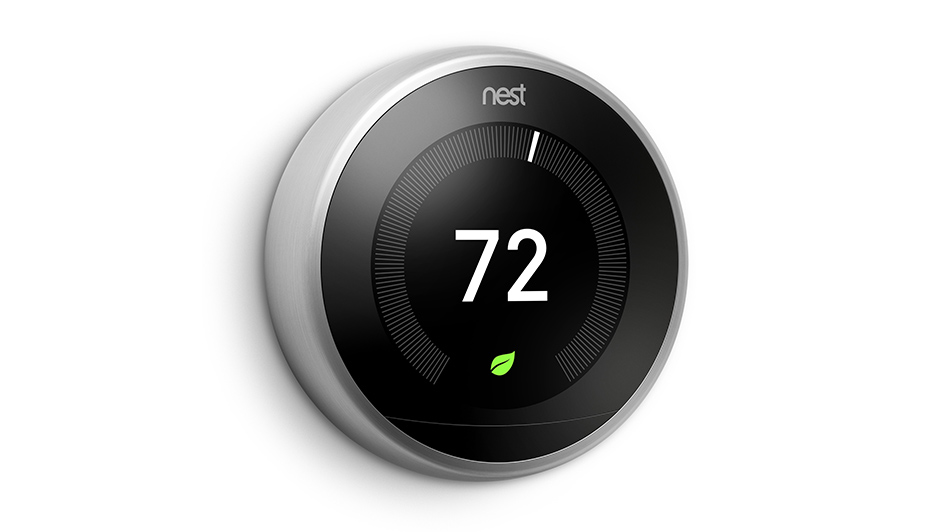
The Nest thermostat is one of the best-selling smart thermostats you can get. And for good reason. It learns your temperature preferences and creates an energy-efficient schedule to match. And by geofencing with your phone, the Nest Learning Thermostat and Nest E know when you’re at your house or away and can raise and lower temperatures to help you save even more.
The Nest is compatible with a full range of 24-volt heating and cooling systems, but it’s always a smart idea to use the Nest thermostat compatibility checker before getting one. Don’t forget to contact your energy supplier for valuable rebates, because you might be able to get a Nest for free or close to it.
Once you’ve made sure it’s compatible, you can either install it on your own or hire a HVAC professional like Luikart Heating & Cooling. If you’re installing it on your own, you’ll see a terminal for the C-wire, or common wire. This wire is solely used for powering your thermostat. If your home or HVAC system is older, you might not have one of these wires. Most of the time, Nest says this isn’t a setback as the thermostat can draw adequate power from other heating and cooling wires.
In some instances, your heating and cooling system may require that C-wire. And here’s why.
Why Your Nest Keeps Losing Power and Other Problems
The Google Nest Thermostat is better than outdated programmable thermostats that have a combination of wiring and AA batteries for power. It uses a rechargeable lithium-ion battery and wiring to connect to Wi-Fi, power its digital display and operate your heating and cooling system.
8 Common Nest Thermostat Problems
If it can’t receive ample juice, Nest says you may run into some of these problems:
- Bad battery life.
- Thermostat motion sensing won’t operate.
- Your thermostat occasionally disconnects from Wi-Fi.
- Your system abruptly turns on or off, or won’t stop running.
- Your system is making odd noises, including chattering, stuttering, clicking or thumping.
- Heating or cooling is short cycling, or frequently turning on and off in a short period of time.
- There is a delay notice on your Nest thermostat’s screen, like “heating is delayed for 2:30 minutes.”
- The system fan is always working, won’t run or turns off and on repeatedly in a short period of time.
You could think something is up with your heating and cooling system, but if you just installed the Nest, we advise you check your thermostat first. This is especially pertinent if the weather is mild, and you haven’t been relying on your heat or air conditioning consistently.
Our Professionals Can Fix Nest Thermostat Problems
If you’ve gone through Nest thermostat troubleshooting without help but can’t fix the issue, a smart thermostat pro such as one from Luikart Heating & Cooling can assist you. We can determine the problem and put in a C-wire, if required.
Smart thermostats such as the Nest are made to make your life simpler, with automatic energy-efficient programming and the option to keep an eye on settings while you’re out. It’s a frustrating experience when yours won’t operate correctly, but our heating and cooling pros at Luikart Heating & Cooling can resolve the trouble in no time.
If you’re going through atypical heating and cooling behavior with your new Nest, reach out to us at 740-344-5497 to request your appointment today.
